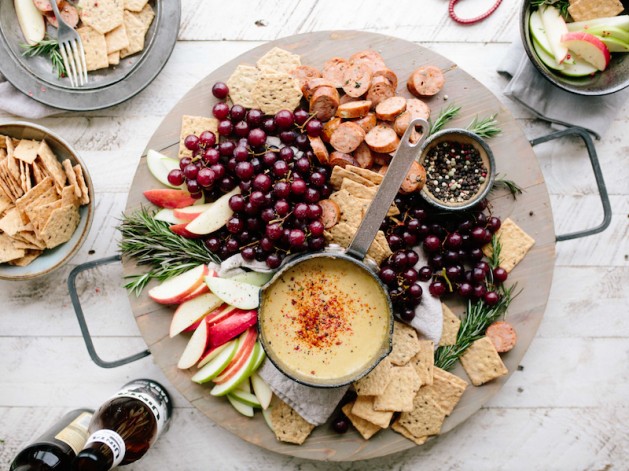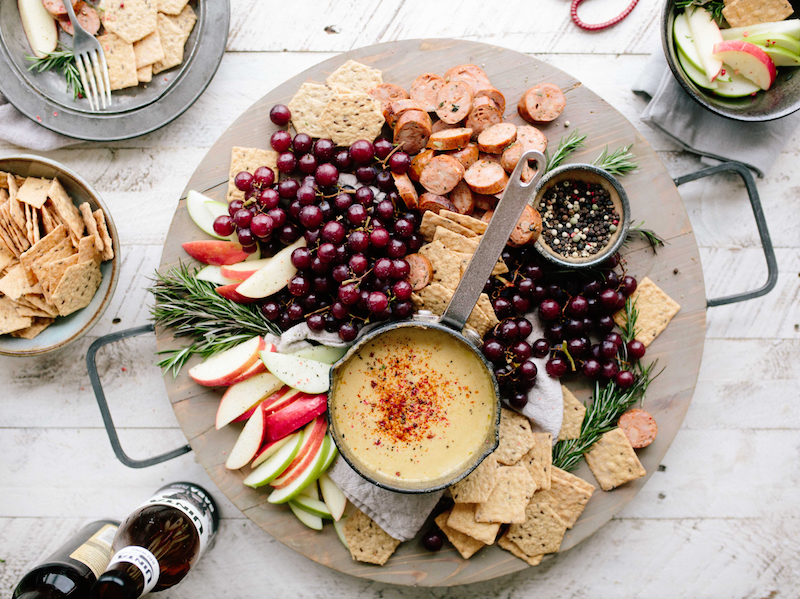
Everyone likes the concept of a dinner party: something that is elegant, relaxed, and sociable. The hard part is throwing one that lives up to these expectations.
If I may draw from my ancient repository of pop culture references, there’s an episode from the sitcom “Ellen,” that features Ellen trying to throw a great dinner party, Martha Stewart shows up, the food is ruined, Ellen freaks out, and then nice things happen. The nice things only happen once Martha says Ellen can just chill and have a nice time with friends.
That, dear reader, is the real point of a dinner party, enjoying the company of friends. Whatever food you provide, whatever the theme is, takes a backseat. All the advice below is about facilitating that.
Choose your guests wisely
Don’t invite 20 people selected from your church, BDSM club, childhood friends, Alcoholics Anonymous, and political Meetup. What are you, a killer from a mystery novel? The only thing these poor people have in common is you, and there are too many of them.
Don’t use this time to torture your single friends with potential mates. It’s a dinner party, not the freaking Dating Game.
Choose a number of people that you are able to cook for and who have complimentary interests. They should all comfortably fit around whatever table you have available. Usually this means eight people maximum, including you, but it depends on your friends. Your guests don’t need to know everyone already, but their interests and personalities should mesh well.
Be a gracious hostess
This is especially necessary if you’ve invited people who don’t know each other yet. As the hostess, you are providing the social cues for your guests. If you are messing with decorations or complicated dishes, they’re left to fend for themselves. You probably can’t socialize the whole time, but you should at least direct people to a mingling area, make introductions, and engage with guests who are standing off by themselves.
Once you’ve set the social gears churning, people will be comfortable helping themselves to drinks, board games, appetizers, party games, etc. The best way to do that is to lay everything out in mini-stations and encouraging everyone to take part.
Pre-dinner
The pre-dinner socializing is the first half of a dinner party and sets the tone for the evening. Put together a decent playlist of mellow background music to help put people at ease and cover any awkward silences. I find classic jazz works well, but it depends on your group and their tastes.
There should be enough seating so your guests aren’t in the business of stealing spots or literally rubbing elbows. It should be easy for people to walk around without inching by other guests. Put any entertainment items in the center of the mingling area and drinks and appetizers on the periphery with sufficient glassware, plates, and napkins for everyone.
Nothing needs to be fancy if that’s not how you roll. Folding chairs, bags of chips, and a bowl of ice next to booze, some mixers, and soft drinks works perfectly fine. If you do want to be fancy, choose either fancy cocktails or fancy appetizers, not both. Don’t overwork yourself before dinner has even started!
Food restrictions
Part of being a good dinner party hostess is ensuring your guests can actually eat dinner. However, dinner parties are generally not the place to experiment with new recipes. If you want to accommodate someone with tricky food restrictions, you’ll need to do a practice run.
That said, it’s worth remembering that some food restrictions sound more daunting than they actually are. Hummus, minestrone, salads, ratatoullie, and stuffed peppers can all be vegan, gluten free, kosher, and diabetes-friendly. Those with no food restrictions are also perfectly capable of enjoying these foods.
Some people may tell you that they’ll eat before hand or bring their own food because it’s just too difficult to explain all their needs or their food allergies are too severe. Do yourself (and them) a favor and believe them. They may not be able to enjoy the food you prepare, but they can still enjoy the party.
The dinner itself
The first thing to do for planning the dinner is to make your menu, while taking your guests’ needs into account, and then make it faster and simpler. Your menu should generally follow this formula: starter of a soup or a salad, the main course, then dessert. Choose only one of these things to be your showstopper. The other items can be old reliable recipes.
The more planning ahead you do the better. Soups and desserts can be made the day before if the soup heats up well. Some main courses like ratatouille, stews, or ragouts are actually better the next day as all the flavors meld and set. Heating up a pre-made dish doesn’t require much time and attention. Chopping, sautéing, braising, roasting, and simmering several dishes the day of means you won’t see your guests and dinner will be late. (Believe me, I’d know.)
Don’t worry too much about wine pairings unless it will make you and your guests happy. Otherwise, have a good red and a good white available and let your guests decide what they want to drink. If your dinner party is celebratory, Champagne goes with everything.



